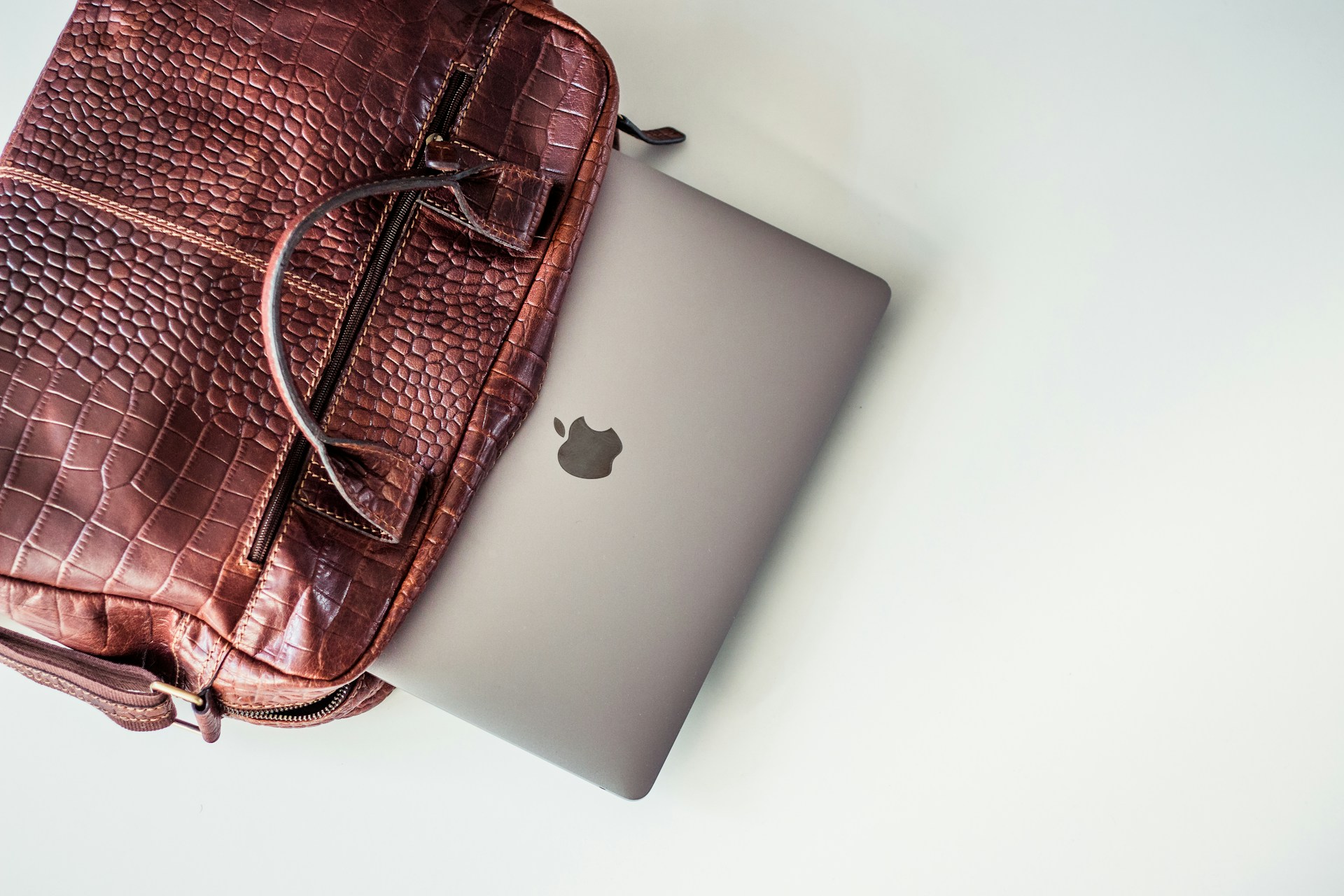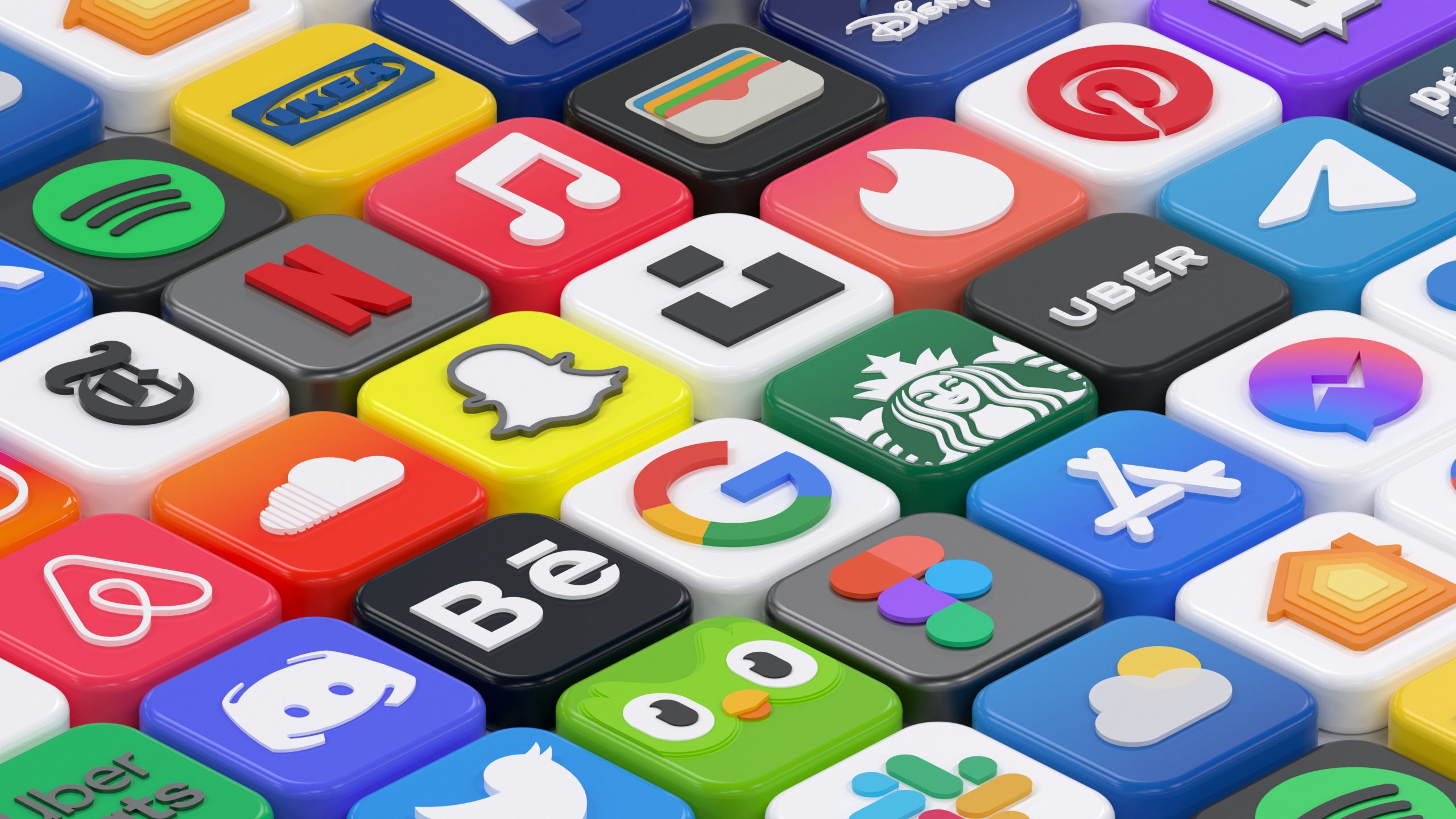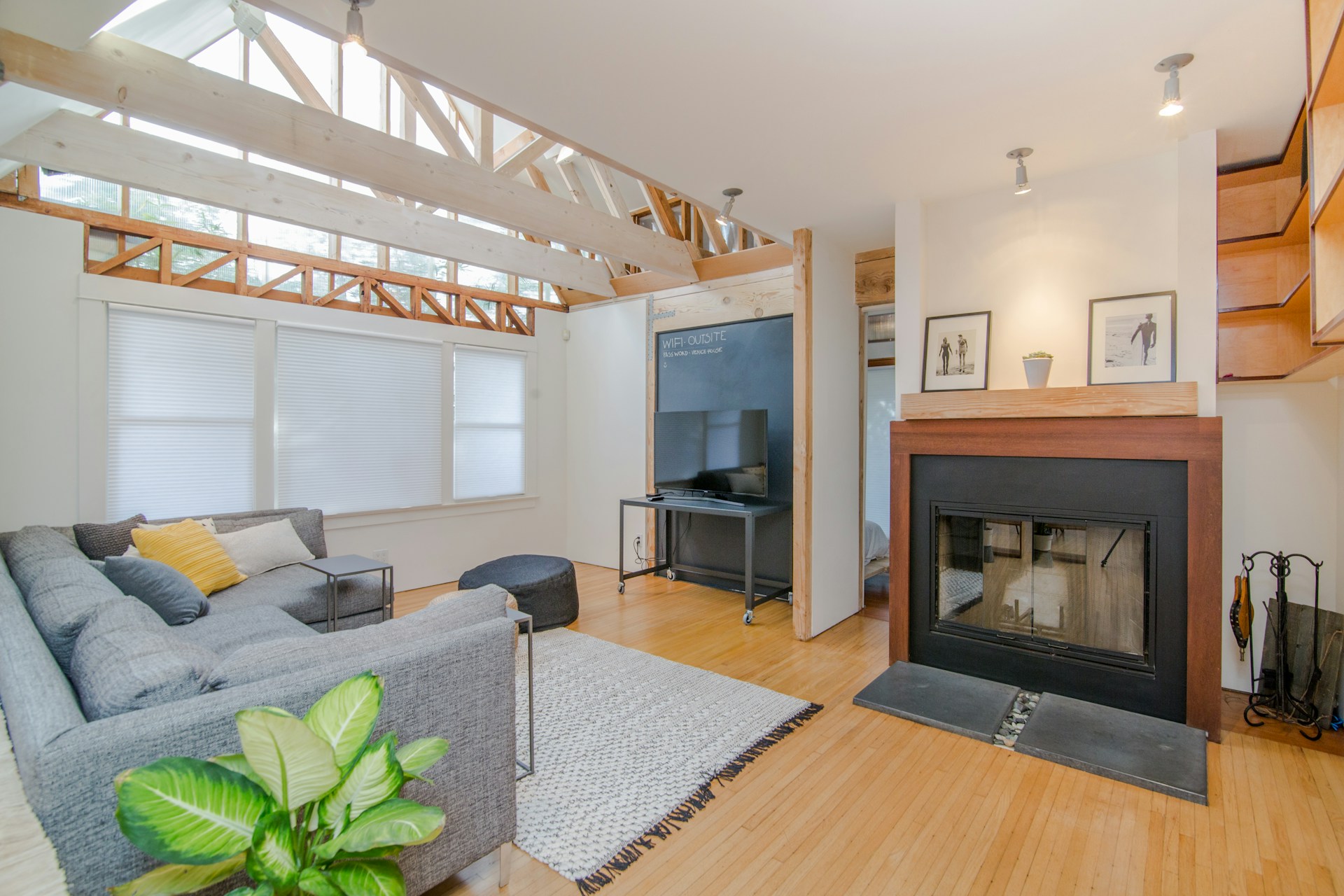What is digital wellbeing and why is it important?
Explore how digital wellbeing helps you stay connected, productive and balanced, even on the move.
Our devices are always within arm’s reach. From booking flights in a café to answering emails before bed, from posting on social media while hiking up a mountain to hopping on video calls from the beach, we’re using our devices on the go. And that’s fine… until it isn’t. And that’s where digital wellbeing comes into the picture.
So, what is digital wellbeing exactly? Simply put, it’s the idea of using technology in a way that supports your physical, mental and social health. At its core, it is about recognising that tech can be an enabler, but only when we manage our usage, boundaries and routines. In travel and remote-work contexts this matters even more. When you’re switching time-zones, juggling WiFi in odd places, and merging sightseeing with Slack messages, the risk of “always-on” fatigue grows. Without clear habits and boundaries, your screen time creeps, notifications pile up, rest suffers, your posture pays the price and your wellbeing takes a hit.
We feel that learning how to improve digital wellbeing is especially useful for digital nomads, remote teams, travel-lovers and anyone who mixes work and wander. And in this blog, we’ll walk you through what it means, how it differs from general wellbeing, and practical strategies you can put to use in your workation lifestyle.
Key areas of digital wellbeing & strategies to improve it
Let’s explore the major areas where your digital-life meets your real life, and how to make that intersection healthier, happier and more productive.
1. Device & screen time balance
We’ve all felt it, that ache in the neck after hours of working on your phone, the fuzzy head after late-night meetings, plus the loop of “just one more” before sleep. That’s where the device & screen time balance comes in. In order to achieve it, here’s what you can do:
- First, track how much time you’re spending on your main devices/apps. Awareness is the key.
- Then, introduce breaks. Every 45-60 minutes, look away for 5-10 minutes, stretch, stand up, change your posture. If you’ve been working on your laptop, switch to walking around.
- Pay keen attention to ergonomics. For example, on airplanes, use a lap tray or cushion to keep your laptop at eye level instead of hunching over. In a hotel or rental apartment, stack a few books or use a portable stand to raise your screen.
- Distance your screen at a healthy range, and ensure the light is good so you aren’t straining your eyes.
- Use your device’s built-in tools. For example, on Android devices the official Digital Wellbeing dashboard lets you see your most used apps. It even has an app timer to restrict your use of certain apps.
- Experiment with a no-screen window each day, maybe a 30-minute window after dinner, where you avoid checking devices and simply reflect, or maybe even read a book (no ebooks allowed!), or knit, or sip on hot cocoa while staring at the world goes by.
The goal of managing screen time is to stay in control of your device, instead of letting it control you.
2. Tech-use boundaries
Work-life blur sneaking in? It really gets you, doesn’t it? Especially when you’re changing time zones, or simply travelling? From personal experience I know that if your inbox pings while you’re exploring a new city, your brain just flips straight into work mode. Here’s how we advise handling it:
- Define your work hours. Even on the road, block out specific times for emails and messages, and then actually log off outside those windows.
- Minimize notifications. Allow only the essentials. The rest? Check at set times.
- Create a shutdown ritual of sorts. For example, at the end of each day, close your laptop, mute alerts, and give yourself permission to unwind.
- Communicate clearly. Let clients or teammates know your offline hours. This sets expectations and removes pressure.
By setting tech-use boundaries, you’re less likely to feel chained to your screen and more likely to truly enjoy your surroundings, relationships, and downtime.
Constant notifications and late-night emails can easily push you toward digital fatigue, even burnout.

3. Digital routines and travel
Travel + remote work = changing locations, WiFi quality, lighting and time-zones. Recognise that your travel environment may not always feel like your usual work setup, so learn to adapt. Maybe you work from a café for two hours, then switch to exploring for the rest of the day. This flexibility is part of digital wellbeing. By designing routines that respect both your work and your love for travel, you enjoy the freedom without sacrificing your mental health and productivity. Here are a few tips to help you with this:
- Create a mobile workstation kit. It could include a lightweight laptop stand, noise-cancelling earbuds, a powerbank, and even a local SIM or roaming data plan (more on this below).
- When you arrive at a new destination, set up your work zone. A stable desk, supportive chair, and screen at eye level make all the difference.
- Stick to mini routines. Whether it’s your slow morning coffee or a 10-minute stretch before work, small familiar habits ground you when everything else around you changes.
Use local time to your advantage. Block work hours that align with your best energy levels, even if that means a slower morning and a later start.
4. Leveraging tech for wellbeing
Using technology to protect your health is possibly one of the most empowering parts of digital wellbeing. You can leverage tech by:
- Choosing apps that support your goals. Habit trackers for screen breaks, meditation apps for stress, or sleep trackers to understand how well rested you actually are.
- Using ‘focus’ or ‘do not disturb’ modes. Most phones let you schedule quiet hours where notifications pause automatically. It’s a simple but effective setting.
- Going offline intentionally. When we say offline, we mean no network, not no devices. Download podcasts, reading material, or playlists, and then disconnect from the internet.
By leaning on tech for wellbeing, you’ll feel more in control, less reactive, and better equipped to enjoy the journey. If you’re curious which tools can help, we’ve rounded up some of our favorite wellbeing apps in Wellbeing apps: How to use technology to improve your health.

How to stay well while on the move
Ultimately, staying hale and happy on the move with your tech means being proactive, not reactive. Remember this – you decide how technology serves you, not the other way around. That said, here are some practical tips on how to improve digital wellbeing.
- Pack smart: charger, power bank, phone and laptop stand, blue-light filter glasses. A stable setup means less friction and less temptation to slump into bad posture.
- Reset habits when you arrive somewhere new: Set your device rules early. For example – no work emails after 8 pm local time. Or reply to texts or DMs twice a day instead of checking constantly.
- Stay physically active: Travel means exploration, don’t forget that. After your self-imposed work hours, go for a walk, hike, or cycling. Or set a reward system. For example, scroll through social media only after you complete a 30-minute exercise session.
- Communicate travel/remote schedule to clients or team: When they know you’re travelling and have certain offline windows, you reduce pressure on yourself.
Connection that supports your digital wellbeing
With Holafly Plans, you get unlimited global data starting at $49.90 a month. There are no contracts, no hidden fees, and you get the freedom to cancel anytime. Whether you’re traveling, reconnecting with loved ones, or simply trying to unplug without disconnecting, Holafly keeps you online with ease.
Important: If you are a frequent traveler and want to stay connected without worrying about expensive roaming or looking for a new SIM at every destination, Holafly’s subscription plans are for you. With a single eSIM, enjoy internet in more than 160 countries for a fixed price and no surprises on your bill. Travel without limits and connect easily and securely! 🚀🌍

Ready to feel more in control?
Pick just one or two changes from the strategies above. Commit for one week. Track the impact. For example, turn off notifications after 8 pm local time. Notice what happens. Improved sleep? More relaxed mornings? Then evaluate. Did your work output feel sharper? Did you feel more present in the places you travelled? We feel that digital wellbeing isn’t about giving up devices. It’s about using them to your advantage so you travel smarter, work better and live happier.





 Language
Language 


















 No results found
No results found









